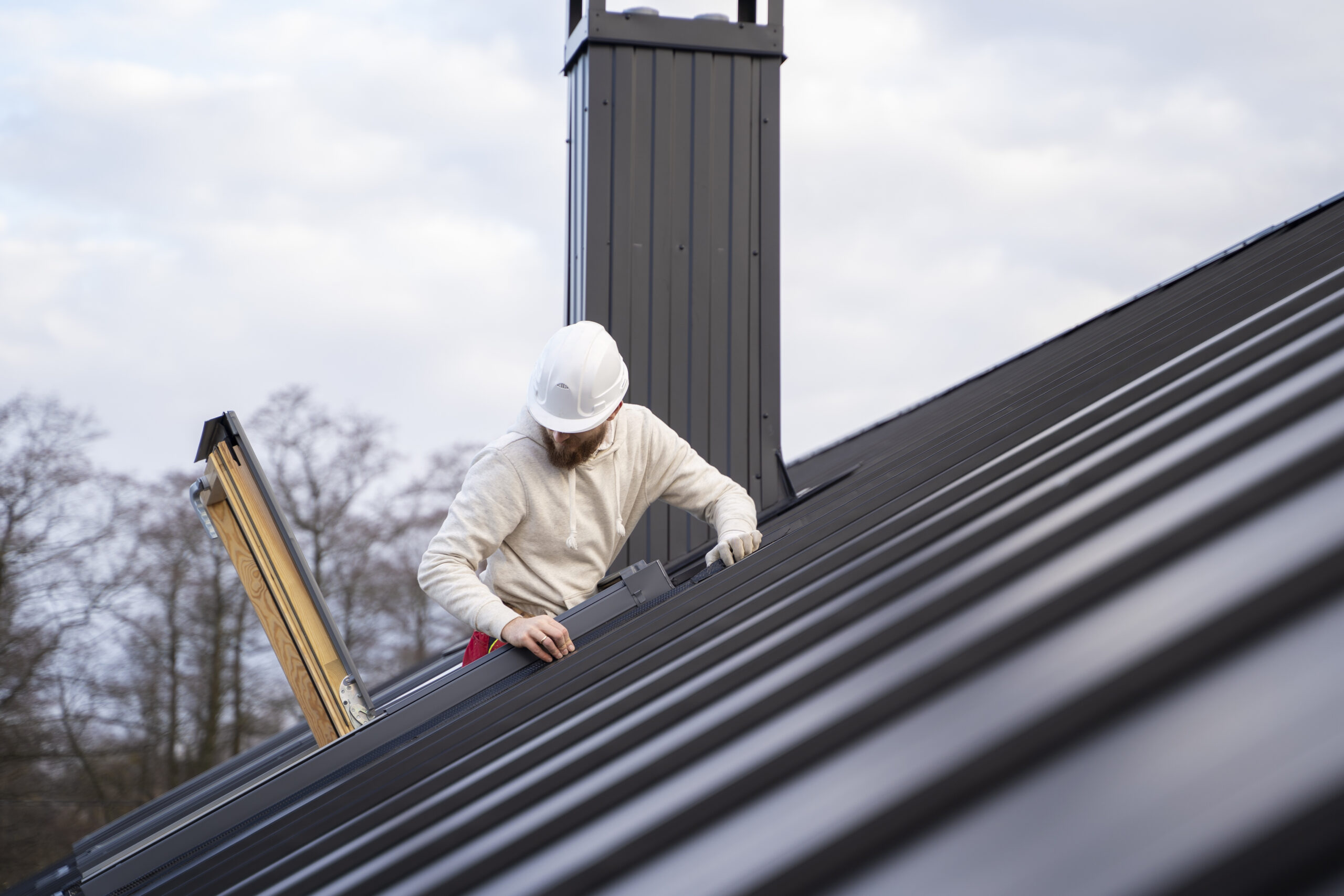The role of two-component polymer-modified flexible coatings in water and moisture insulation
The polymer-modified two-component flexible coating plays an important role in water and moisture insulation. This coating consists of two molecules, a polymer molecule and a solidifying agent. When you mix these two molecules together, they interact to form a thin, flexible, waterproof film.
The type of polymer molecule and hardening agent used in a two-component polymer-modified elastomeric coating depends on the intended application of the coating. For example, a coating used to insulate the exterior surfaces of buildings may use rubber polymer particles and an oil-based solidifying agent.
Advantages of two-component polymer-modified flexible coatings in water and moisture insulation
A flexible, two-component polymer-modified coating provides a range of water and moisture proofing benefits, including:
1. High water and moisture resistance: The two-component polymer-modified flexible coating provides a thin, water- and moisture-resistant layer. This layer consists of polymer molecules that bond together to form a durable network. This mesh prevents water and moisture from passing through the coating, which helps protect surfaces from water damage.
For example, we can use flexible two-component polymer-modified coatings to insulate the exterior surfaces of buildings to prevent water seepage into the interior of buildings.
2. High elasticity: The polymer-modified two-component elastomeric coating remains flexible even at low temperatures. This flexibility allows the paint to expand and contract with the surfaces it covers. This helps prevent cracking or peeling, which can lead to water leakage.
For example, we can use a two-component polymer-modified elastomeric coating can be to protect concrete surfaces from corrosion caused by groundwater or rain.
3. Ease of application: You can easily apply the flexible, polymer-modified two-component coating with a brush or spray gun. This makes it a suitable choice for many different applications.
For example, you can use a flexible two-component polymer-modified coating to insulate the interior surfaces of swimming pools.
Overall, these advantages contribute to making flexible, polymer-modified two-component coatings an effective and high-quality choice for water and moisture proofing.
Some applications of two-component polymer-modified elastomeric coatings for water and moisture insulation
Two-component polymer-modified flexible coating is an effective and high-quality option for water and moisture insulation. Here are some specific examples of how we can use flexible two-component polymer-modified coatings to insulate these surfaces:
• Concrete surfaces: Two-component polymer-modified elastomeric coatings are commonly used to insulate concrete surfaces such as the exterior surfaces of buildings or the interior surfaces of swimming pools. It can help protect concrete surfaces from corrosion caused by groundwater or rain. It can also be used to prevent water leakage into buildings.
• Metal surfaces: Two-component polymer-modified flexible coatings can also be used to insulate metal surfaces such as water tanks or the exteriors of ships. It can help protect metal surfaces from corrosion caused by moisture or salt. It can also be used to prevent water leakage into buildings.
• Wooden surfaces: Two-component, flexible polymer-modified coatings can also be used to insulate wood surfaces such as roofs or floorboard surfaces. It can help protect wood surfaces from water damage or mold. It can also be used to prevent water leakage into buildings.
• Cement surfaces: Two-component polymer-modified elastomeric coatings can also be used to insulate cement surfaces such as exterior surfaces of sidewalks or exterior wall surfaces. It can help protect cement surfaces from corrosion caused by moisture or salt. It can also be used to prevent water leakage into buildings.
To order waterproofing systems, WhatsApp us at https://wa.me/+966555032976






